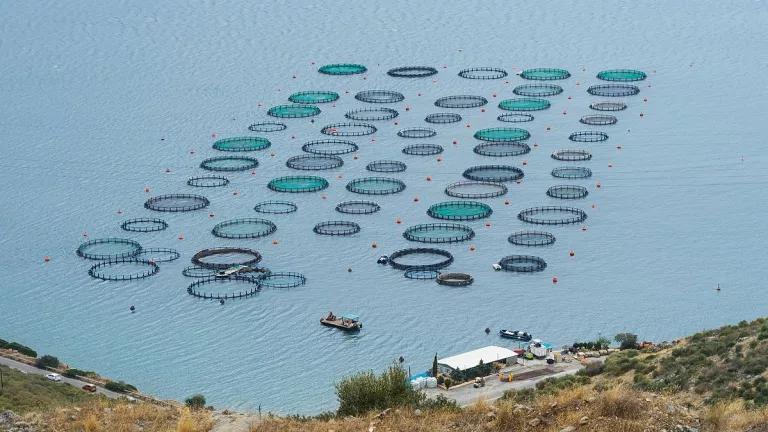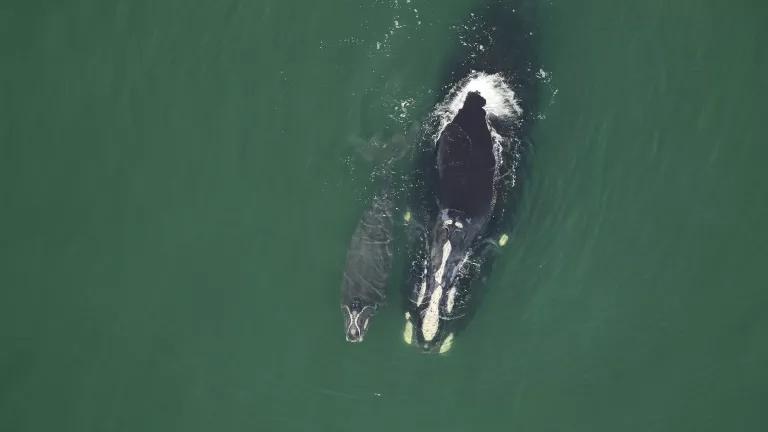Trump Illegally Eliminates Protections for First and Only Monument in the Atlantic Ocean

Teeming with ancient coral, marine mammals, seabirds, and undiscovered species, the Northeast Canyons and Seamounts Marine National Monument is no place for commercial fishing.
Just one day after issuing an executive order that allows polluters to skirt bedrock environmental laws, President Trump signed an order today—in the middle of a nation in crisis—this time stripping essential protections from the Northeast Canyons and Seamounts Marine National Monument. Located off the coast of southern New England, these nearly 5,000 square miles in the Atlantic are home to more than 1,000 remarkable species. Today’s decision is an illegal attempt to open the region up to industrial fishing and to pad Trump’s record as the most environmentally-destructive president in the nation’s history.
“These fragile, extraordinary ocean areas are full of 1,000-year-old corals, endangered whales, and other precious marine life,” says Brad Sewell, senior director of NRDC’s Oceans Program. “They belong to all Americans, and they are held in trust for future generations.”
Established in 2016 as the first and only marine monument in the Atlantic Ocean, the Northeast Canyons and Seamounts features dramatic underwater terrain, with canyons that rival the depth of the Grand Canyon and steep underwater mountains higher than anything east of the Rockies. It’s also a hot spot of biodiversity, teeming with ancient coral, giant fish, and undiscovered species, as well as an important nursery area for dolphins and whales. Scientists believe that these types of sanctuaries are essential to providing the ocean with resilience to withstand climate warming. All commercial extraction is prohibited in the monument in order to protect these special and vulnerable ecosystems for scientific investigation and as part of the country’s natural heritage.
In 2017, former U.S. Department of Interior Secretary Ryan Zinke recommended opening up the monument to commercial fishing. But even when following fisheries management laws, commercial fishing negatively impacts ocean ecosystems—particularly vulnerable ones, like the Northeast Canyons and Seamounts. “Commercial fishing poses a range of threats, such as harm to deep-sea corals from heavy fishing gear and entanglement of marine mammals and fish in thick lines and nets,” Sewell says. Recreational fishing is allowed in the monument.
The Trump administration claims the decision to roll back protections will boost jobs and grow the fishing economy in the wake of COVID-19. These claims are empty. The government’s own data shows that revenues and catch in the relevant fisheries are up or the same since the monument’s designation.
But regardless of the impact on industry, the president simply does not have the authority to issue such a rollback. “A significant change to the monument or its protections, such as allowing commercial fishing, must be done by Congress, not by the president,” Sewell says. “The Antiquities Act gives the president power to protect special areas for future generations, not the opposite power to abolish those protections.”
The monument’s status has already been defended by the courts, including in 2019 by an attack from fishing industry groups. “We are prepared to sue the administration to protect these ocean treasures from harm and exploitation by commercial fishing and other extractive industries,” Sewell says.



